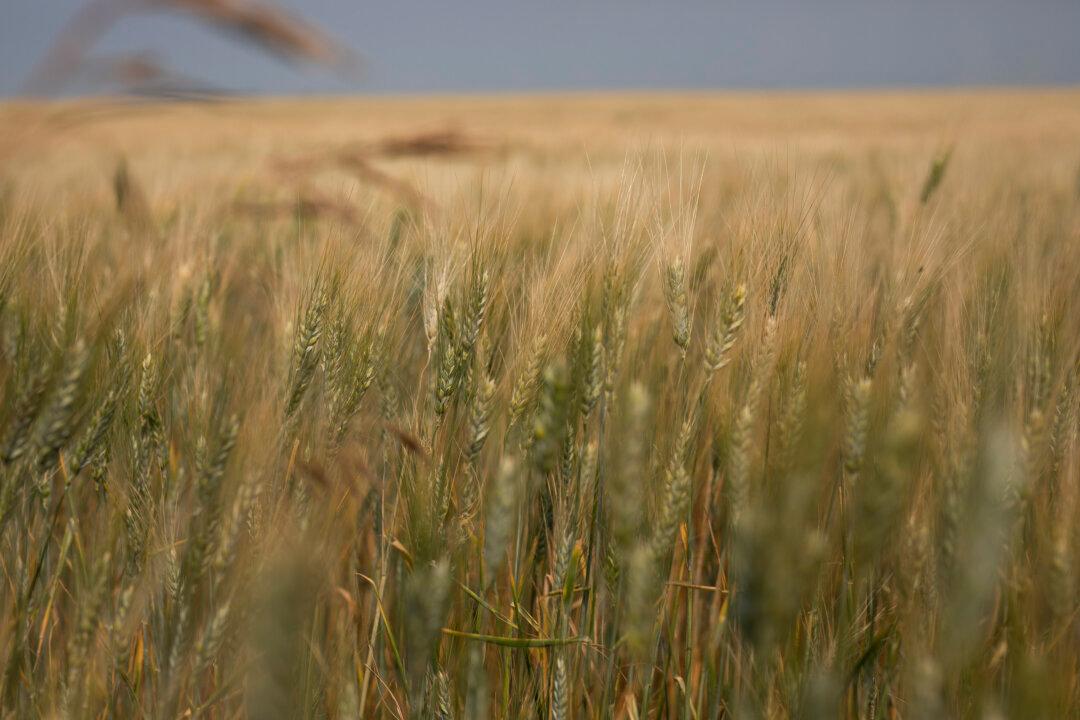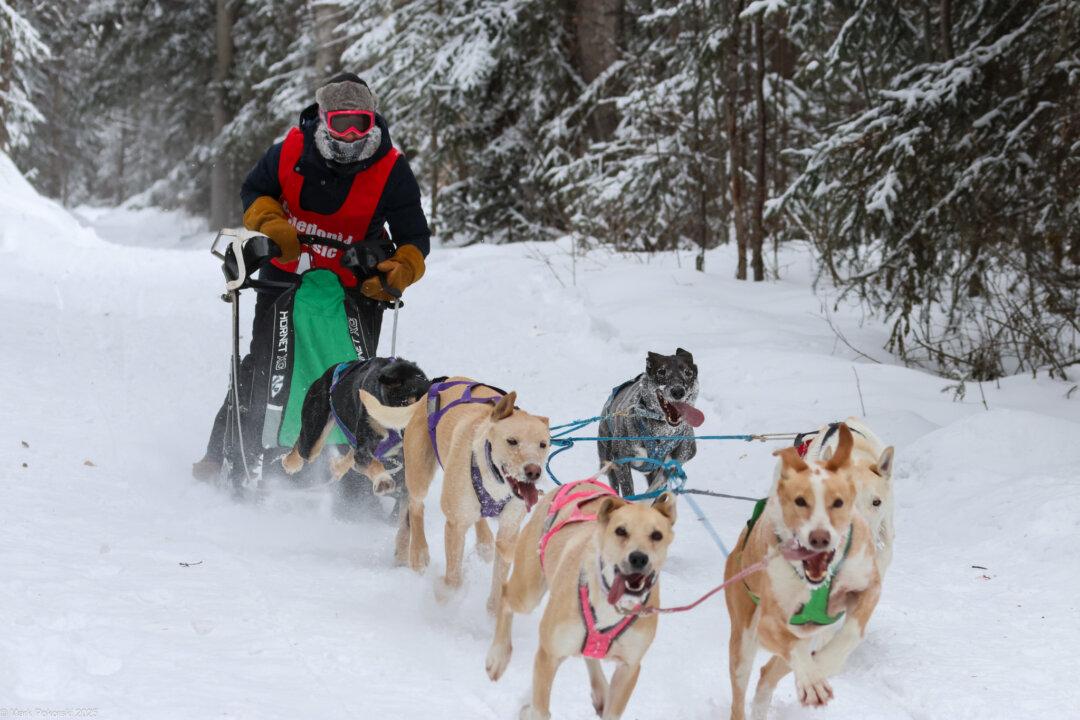Parts of Saskatchewan and Alberta are facing the worst drought in years. That’s bad news for cattle producers and farmers, since the region is among Canada’s most productive farmland. And if shortages are significant enough, it might affect what consumers pay at the store.
“Some producers are telling us that they haven’t had [any significant] rain for six, could be the seventh year,” Ray Orb, president of the Saskatchewan Association of Rural Municipalities, told The Epoch Times.





